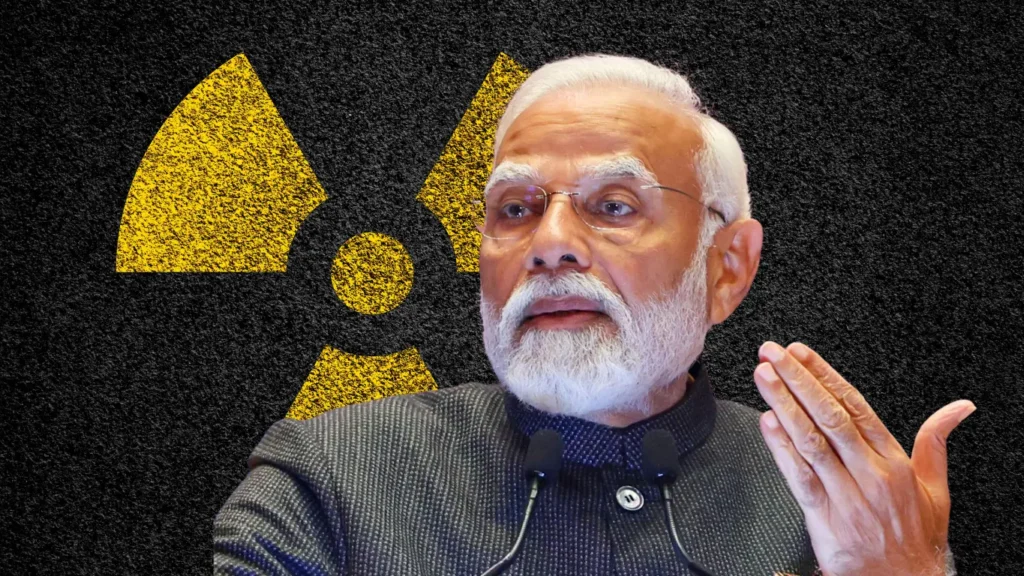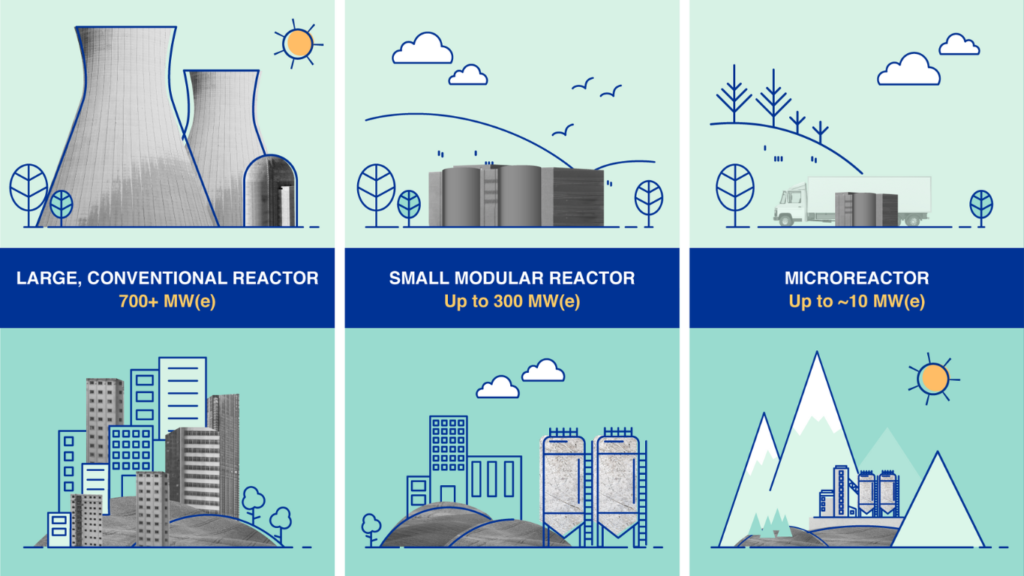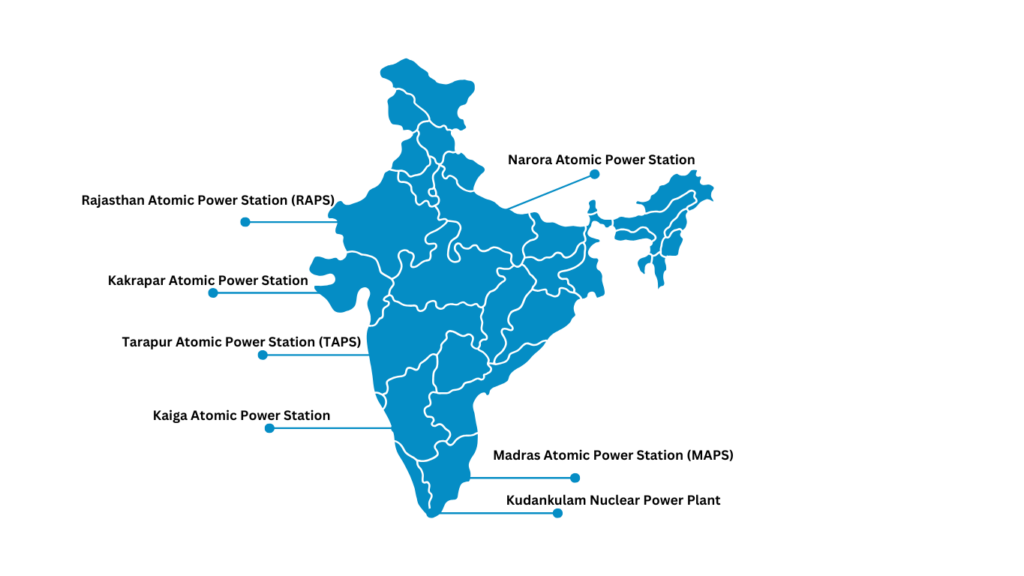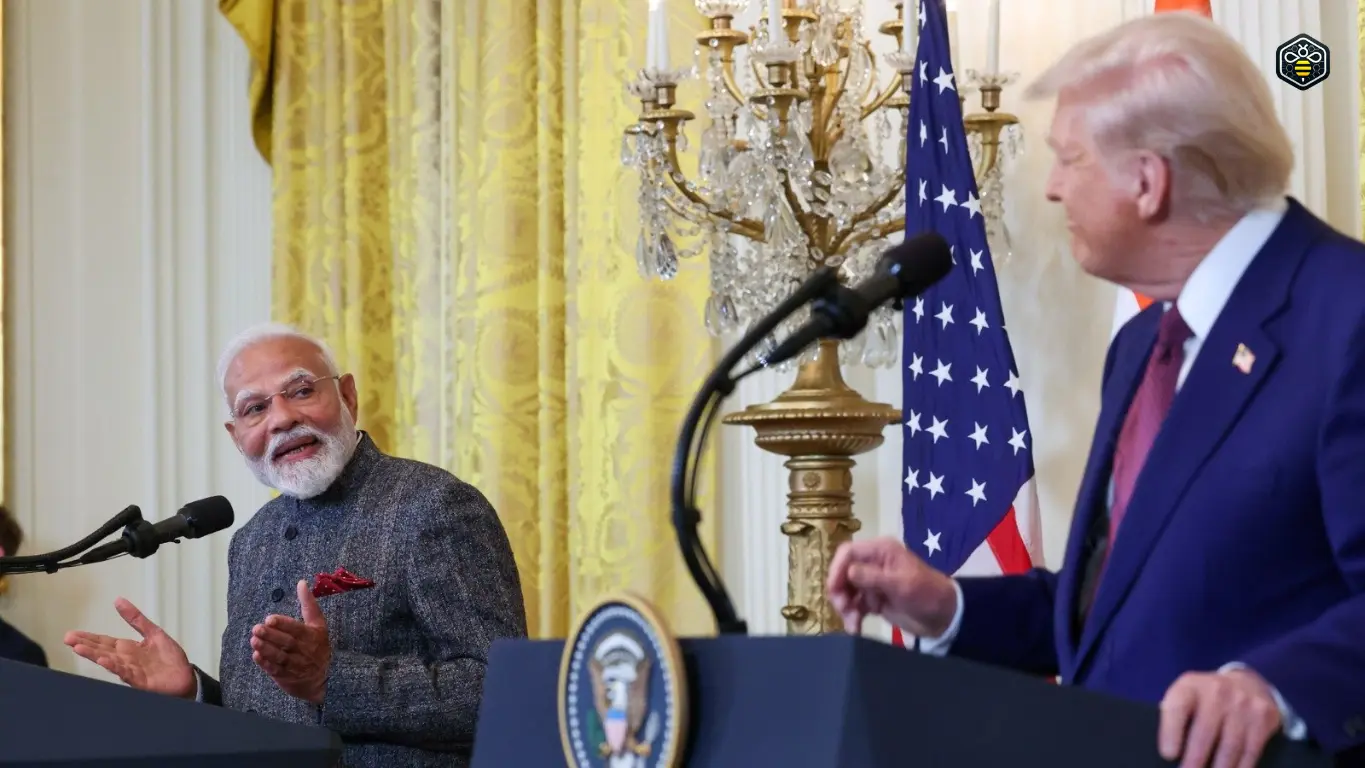
In 2025, Prime Minister Narendra Modi’s nuclear dream is shaping India’s energy landscape like never before. With the USA under President Donald Trump’s leadership and global energy transitions accelerating, India is making bold strides toward a nuclear-powered future. Through strategic collaborations with France, Russia, and the USA, the country is betting big on Small Modular Reactors (SMRs) and Advanced Modular Reactors (AMRs) to revolutionize its clean energy initiatives.
Why is India Betting on Nuclear Energy?
As one of the fastest-growing economies, India faces an ever-increasing demand for electricity. To achieve its goal of carbon neutrality by 2070 and generate 100 GW of nuclear energy by 2047, the government is heavily investing in nuclear technology. SMRs and AMRs are at the core of this strategy, offering a compact, scalable, and safer alternative to traditional nuclear reactors.
Global Alliances: Powering India’s Nuclear Leap
1. India-France Collaboration: A New Era in Nuclear Energy
India and France have been long-standing partners in the energy sector. Their latest agreement strengthens this bond with a letter of intent to co-develop SMRs and AMRs for civilian use. This partnership includes:
Co-designing and co-producing reactors: This will accelerate India’s ability to deploy nuclear power efficiently.
Low-carbon energy transition: Enhancing energy security while reducing reliance on fossil fuels.
Technological exchange: Allowing India to benefit from France’s expertise in nuclear innovation.
This collaboration underscores India’s commitment to sustainable and secure energy solutions.
2. Russia’s Nuclear Expertise: A Strategic Partnership
Russia has a long history of nuclear expertise, making it a valuable partner for India’s nuclear future. The National Thermal Power Corporation (NTPC) has initiated discussions with Russian companies that already operate SMRs. This engagement aims to:
Utilize Russian nuclear advancements to develop scalable SMR solutions.
Ensure faster deployment of reactors by leveraging Russia’s experience.
Strengthen India-Russia energy ties amid shifting global alliances.
With Russia actively supporting India’s nuclear aspirations, these discussions could lead to major breakthroughs in SMR implementation.
3. The USA: A Game-Changer in India’s Nuclear Ambitions
Under President Trump’s leadership, U.S.-India nuclear collaborations have gained new momentum. President Donald Trump’s recent meetings with PM Modi emphasized American investments in India’s nuclear sector. Key developments include:
NTPC’s engagement with U.S. firms like Holtec International Corp for SMR construction.
U.S. support in diversifying India’s energy portfolio and reducing carbon dependence.
Strengthening geopolitical and technological ties in the energy sector.
This partnership is set to bring advanced nuclear technologies to India, reinforcing its clean energy commitment.
What Makes Small Modular Reactors (SMRs) the Future?
SMRs are compact nuclear reactors designed for flexible deployment. Unlike traditional nuclear plants, they offer:
Scalability: SMRs can be installed in phases to meet growing energy demands.
Reduced Infrastructure Needs: Their compact design requires less land and development costs.
Enhanced Safety: Passive cooling systems lower the risk of nuclear accidents.
By adopting SMRs, India is making nuclear energy more accessible and sustainable.

Policy Reforms and Financial Commitments
To facilitate its nuclear expansion, India has implemented several key policies and funding initiatives:
$2 billion investment in nuclear research and five domestically developed reactors by 2033.
Legislative reforms to attract private and foreign investors in nuclear projects.
Encouragement for states to set up nuclear plants, particularly where coal-based plants are being phased out.
These efforts signal India’s serious commitment to becoming a nuclear powerhouse.

India’s Nuclear Future: A Global Perspective
India is not alone in its nuclear ambitions. Across the world, countries are reinvesting in nuclear power to meet sustainability goals. Even Meta (formerly Facebook) is considering nuclear energy to power its data centers, highlighting a global shift towards nuclear solutions.
With its strategic global partnerships and ambitious policy initiatives, India is positioning itself at the forefront of nuclear energy innovation. If Narendra Modi’s nuclear dream materializes, the country will not only achieve energy security but also play a pivotal role in shaping the world’s clean energy future.
For more insights into India’s nuclear energy advancements:
World Nuclear Association – Comprehensive details on India’s nuclear energy strategy.
International Atomic Energy Agency (IAEA) – Updates on global nuclear energy trends and safety regulations.
Final Thoughts: Is Narendra Modi’s Nuclear Dream a Game-Changer?
India’s pursuit of nuclear energy is no longer a distant dream but a rapidly unfolding reality. With strategic collaborations, advanced technologies, and government backing, nuclear power is set to play a critical role in India’s clean energy transition.
Whether Modi’s nuclear dream will transform India’s energy future remains to be seen, but one thing is certain: the country is moving full speed ahead on its path to a nuclear-powered tomorrow.


Pingback: Nuclear Bomb Test in India: Full History of Pokhran I & II